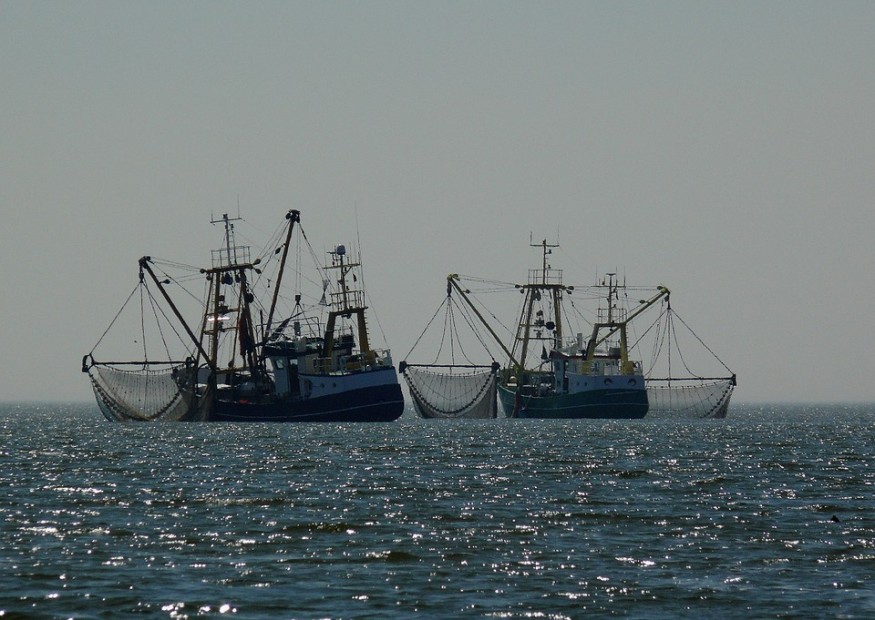The world's most prominent marine predator is facing a battle that not many know about. Their populations are facing a steady decline and have been doing so for a very long time.
Since the 1970s, the population of high sea shares have drastically fallen by at least 71%. The numbers show that three-quarters of these species are at risk of facing extinction.

"It's the first big picture" of the decline in sharks, says Nuno Queiroz, a marine ecologist at the Research Center in Biodiversity and Genetic Resources who was not involved with the research. The new global perspective, he says, "gives you an idea how pervasive the fishing has been."
For centuries, sharks have been hunted by humans for a wide variety of reasons. Some have fixations for their meat, while others have found a way to utilize their fins. There are even a few who kill them and collect their bones as trophies.
Shark consumption
Aside from sharks, big fishes like rays and other aquatic giants are also caught for their gills, scales, and other organs, which are used to create traditional Chinese medicines.
Because of the large-scale shark hunts, be it for consumption or anything else, many species of sharks all over the world, like the decline of hammerhead shark species in the northwest Atlantic Ocean.
In the new study, shark experts took a look at 31 species of oceanic sharks and rays-all of the species that live in the open ocean. (The group is now analyzing coastal sharks and rays and reef-dwelling species.) With long-term data from fisheries and research surveys, the scientists calculated how populations have changed since 1970, a widely used benchmark.
"Some of the declines are staggering," says Nicholas Dulvy, a conservation biologist at Simon Fraser University and co-leader of the effort. Dusky sharks, for example, have dwindled by 72%, the researchers report today in Nature.
Back in the 1980s, only one-third of the 31 shark species were considered threatened or endangered. But, after looking at the recently collected and compiled data, the researchers were quick to see the staggering rate of decline.
Now, shockingly, at least three-quarters of those 31 are at risk of being wiped out from existence.
Overfishing

All gathered data and evidence points out to one major reason, overfishing.
Shipping vessels are bigger, faster, and more efficient now compared to what they were back in the 70s. All the advancements mean they do more fishing, and their gears can catch sharks effortlessly.
Fishing Regulations
Fortunately, many great strides are now being taken to ensure that sharks get to live another day. Fishing regulations are currently being legislated around the world with haste, and they are strictly implemented.
In the U.S., there are great efforts and initiatives in place to secure shark populations and fishing regulations.
"The U.S. is one of the only countries that's been really successful in reversing sharp population declines through management," says co-author Sonja Fordham, president of Shark Advocates International. "It's difficult; there's intense pressure from the fishing industry to protect short term economic interests."
According to experts, the sharks can still be saved. They hope that the data they collected is enough to serve as a wake-up call to the masses and help create and enforce safety measures that will keep both the fishing industry and shark population alive.
For more news update about endangered species and the animal kingdom, don't forget to follow Nature World News!
© 2025 NatureWorldNews.com All rights reserved. Do not reproduce without permission.





